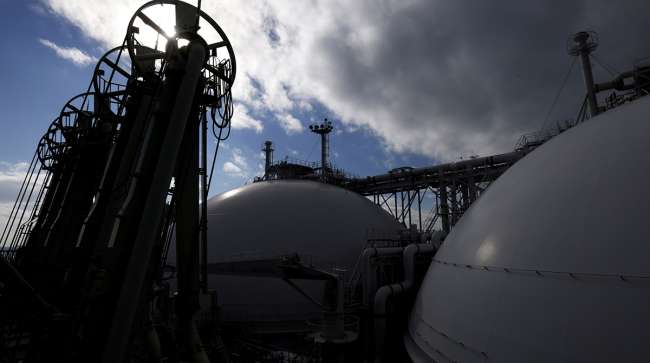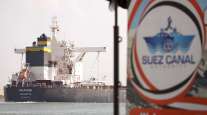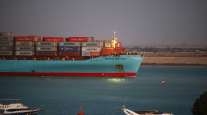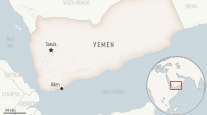Bloomberg News
Global LNG Fleet Avoiding Red Sea With More Tankers Diverted

[Stay on top of transportation news: Get TTNews in your inbox.]
The global LNG tanker fleets appear to have stopped using the Red Sea and Suez Canal, as continued Houthi attacks on ships reroute flows of the power-station and heating fuel.
Two empty ships controlled by Qatar have turned away from the northern entrance of the Suez Canal in the Mediterranean Sea in the last day, according to ship-tracking data compiled by Bloomberg. A third Qatari vessel, which was also heading to the canal, reversed course off the coast of Morocco. The tankers will likely head to the Persian Gulf state via the longer route around Africa.
Qatar is the biggest user of the Red Sea and Suez Canal for the LNG trade. Other suppliers, including those in Russia and the U.S., have also stopped using the waterway, and ship-tracking data doesn’t currently show any vessels heading to the area.
The Houthis have stepped up attacks on commercial ships after a U.S.-led coalition carried out airstrikes on Jan. 12. The Iranian-backed militants have struck two commodity carriers with missiles since Jan. 15, although both were able to continue their voyages.
Want more news? Listen to today's daily briefing above or go here for more info
Earlier this week, Qatar — one of the world’s top LNG exporters and the second-biggest supplier to Europe — diverted three full gas tankers away from the Red Sea, and rerouted the ships to Europe via the Cape of Good Hope in southern Africa, according to ship data. Tankers carrying Qatari and Russian LNG had been traversing the Red Sea until the conflict escalated late last week.
While the longer LNG journeys will tie up tankers and boost freight costs, they’re not expected to lead to shortages in Europe, given high stockpiles and subdued industrial demand there. Moving the super-chilled fuel from Qatar to the U.K. via southern Africa takes about 27 days, compared with 18 through the Suez Canal, according to ICIS.




